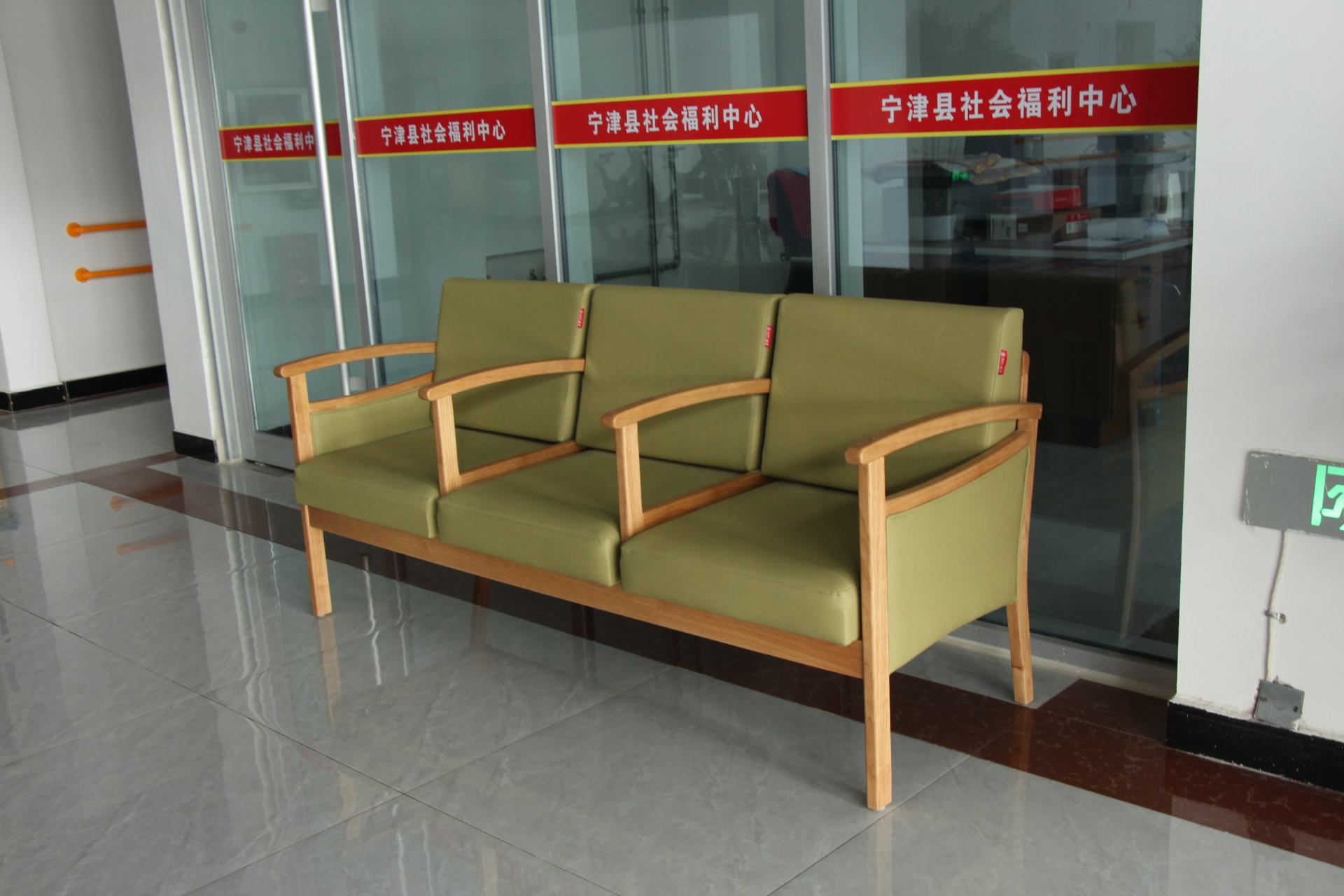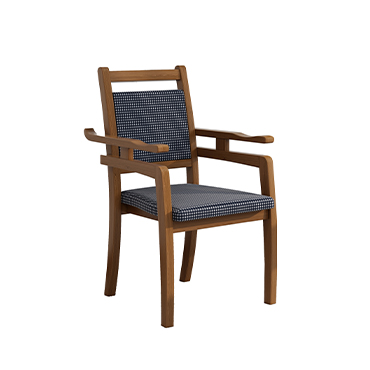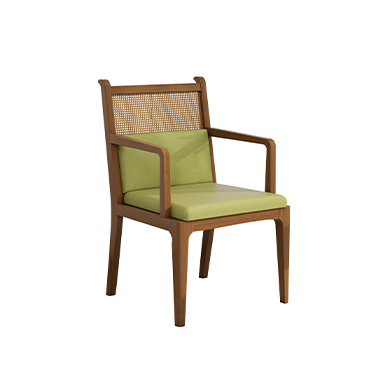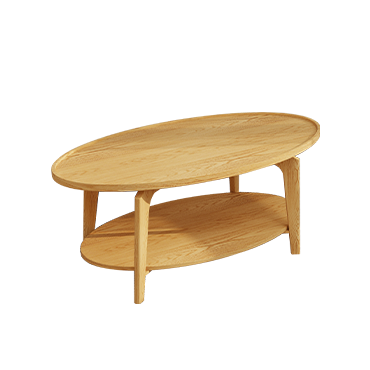Winter Safety Tips for Seniors: How to Keep Elderly Comfortable and Healthy
As temperatures drop, seniors face unique health risks that differ from the summer months. Cold weather can lead to discomfort, illness, and even life-threatening conditions if proper precautions are not taken. For families and caregivers, preparing elderly-friendly homes for winter is an essential step in promoting safe and comfortable living.
Older Homes and Higher Cold Risks
Many seniors live in houses that were built decades ago. Research shows that homes built before 1980 often have lower insulation standards, making them harder to keep warm. Since seniors often own older homes, they are more exposed to the risks of cold indoor environments. While many older adults take care of their personal health, they may underestimate the hidden dangers of living in a chilly home.
How Cold Houses Affect Senior Health
When indoor temperatures fall below 18 °C (64 °F), the risks of circulatory problems, respiratory illness, and hypothermia increase significantly. Here are some common issues:
High Blood Pressure: Cold feet and drafts can raise the risk of hypertension and strain the cardiovascular system.
Hypothermia: It can happen indoors, not just outdoors. A body temperature below 35 °C (95 °F) may cause confusion, shivering, or even cardiac arrest if left untreated.
Joint Pain: Reduced blood flow in cold conditions can intensify pain in the knees, hips, and shoulders.
Heat Shock (Winter Sudden Temperature Change): Moving suddenly from a warm room to a cold one—such as when going to the bathroom at night—can trigger dangerous spikes in blood pressure, leading to heart attack or stroke.
Dehydration: Heated indoor air is often dry, yet seniors may not feel as thirsty in winter. This can quietly cause dehydration, increasing fatigue and health risks.
Practical Winter Care Tips for Seniors
To ensure safe and comfortable living, here are simple but effective measures:
Maintain Room Temperature and Humidity
Keep indoor temperature at or above 18 °C (64 °F). Aim for around 50% humidity to reduce dryness and maintain comfort.
Insulate Windows and Doors
Cold drafts often enter through windows. Use thermal curtains, insulation panels, or DIY plastic covers to improve warmth and energy efficiency.
Keep Feet Warm
Since warm air rises, seniors’ feet are often the coldest. Heated carpets, floor mats, or safe space heaters can help. However, choose non-slip rugs to prevent falls.
Use Small Heaters in Risky Areas
Bathrooms and dressing rooms are high-risk zones for temperature shock. Portable heaters can reduce sudden changes in body temperature.
Encourage Proper Hydration
Remind seniors to drink water regularly, even if they don’t feel thirsty. Herbal teas and warm soups are also good choices.
Wear Thermal Clothing
Layered, warm, and lightweight clothing keeps the body comfortable and reduces the need for excessive heating.
Creating a Safe and Comfortable Winter Home
Cold indoor environments can put seniors at risk of illness, falls, or discomfort. By preparing early—insulating homes, using elderly-friendly furniture, and adopting safe heating practices—families can help seniors stay healthy and enjoy the winter season with peace of mind.
At Enjoys Furniture, we believe that aging in place should be safe, comfortable, and dignified. Our elderly care furniture is designed to provide warmth, stability, and support, making everyday living easier for seniors—no matter the season.





